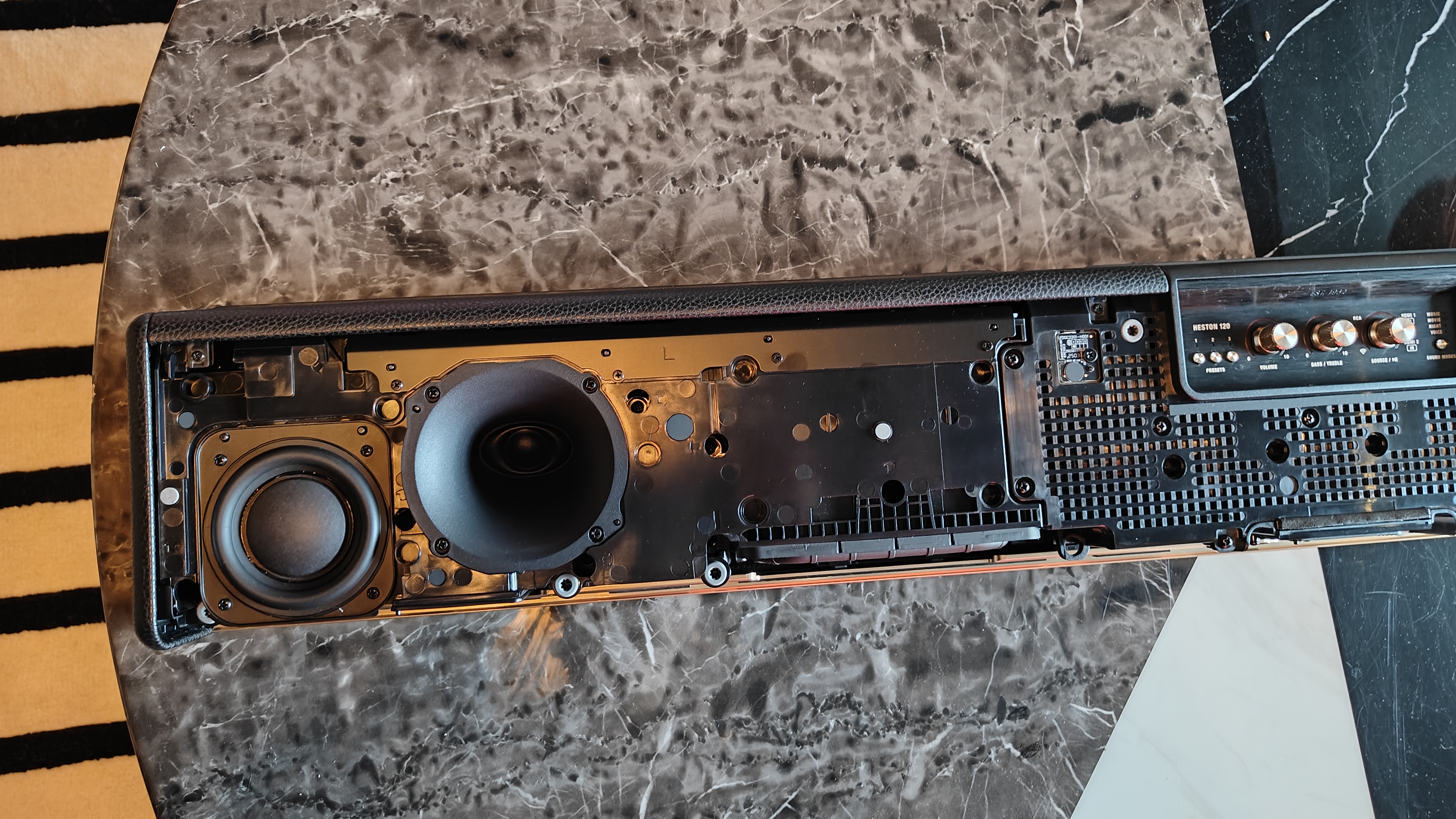
When you get a soundbar into your home, you usually hope it will last you a decent amount of time and live a long life. And fair enough! You have spent a decent chunk of money on it, after all.
But if it stops working for one reason or another, finding a way to repair a soundbar can be an expensive and arduous task.
Manufacturers often don't build them with longevity in mind, so individual parts cannot be taken apart and replaced. When the manufacturer does offer replacement parts, it is often pretty expensive or can require a journey to a branch to find the issue.
Most of the time, users find it easier and cheaper to just boot out the old soundbar and buy a new one. And you can't blame them.
This should not be the case, though.
In the UK, we have the Right to Repair, meaning manufacturers have to make repair information and spare parts available for repairs for up to ten years for certain tech products, such as televisions.
Appliances also must be designed so they can be dismantled using conventional tools, and new devices have to come with repair manuals.
While the law has made some great steps forward in the last five years, there is still a long way to go for the technology industry as a whole, and in terms of holding manufacturers to account.
Soundbars, speakers, and headphones are not included in this legislation, for example.

But don't worry, not all is lost! Marshall’s new Dolby Atmos soundbar has given me hope for the future of repairable devices.
I got the chance to see the Marshall Heston 120 in action at the launch event, and its modular build immediately caught my eye.
I had a look under the hood of the ’bar, which showed off its hidden warren of drivers and circuit boards.
There were visible screws so users can easily remove the parts and replace them.
Marshall says that the soundbar is repairable with replaceable parts including the fret, end caps, drivers and circuit boards. It adds that the design is made to last so it can be passed down “to the next generation”.
The weaved paper grille is also relatively easy to remove, so there shouldn't be too much difficulty removing the parts.
While it is great to see more designs keeping sustainability in mind, I'm slightly nervous about what happens to the parts that are replaced.
Even though it is obviously better than chucking away a whole unit, recycling spare parts once they have been used is still a vital part of producing a sustainable product.
When I asked a member of the team what happens to these parts, they did not have an answer.
Marshall says on its website that "offering and expanding our repair solutions is one of our top priorities", so this is hopefully an area that will be given more clarity soon.
There is still a long way to go, but Marshall is the latest manufacturer to show that giving users the right to repair their products is far from an impossible task.
MORE:
Here are our first impressions of the Marshall Heston 120
Check out the best soundbars we recommend
And these are the best Dolby Atmos soundbars







